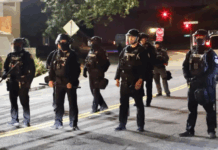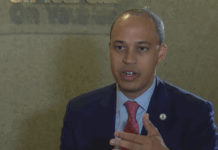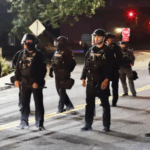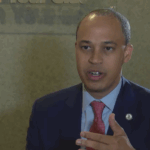
The moment a major news network peddles misinformation — even by implication — it doesn’t just mislead. It corrodes trust, especially when the facts were clear and available.
Over the weekend, a CNN panel leaned into a false narrative, implying that ICE agents zip-tied and arrested a young child. The source? A viral TikTok parody video that was already debunked before it even made it to broadcast.
The video, according to Fox News’ Bill Melugin, was a mock setup about juvenile crime — not an actual ICE raid. Yet that didn’t stop the CNN chyron from boldly declaring, “kids in zip ties,” or panelist Van Lathan from using the moment to draw heavy-handed parallels between ICE enforcement and historical traumas in the Black community.
It’s not that there isn’t room for nuance in how law enforcement actions intersect with race and civil rights — there is. But when the foundation of the claim is fiction, the argument collapses under its own weight.
In this case, that weight is multiplied by the fact that ICE’s role is often contentious already. ICE agents face real threats, not imagined ones. DHS reports show assaults on ICE agents have jumped by a staggering 1000% since President Trump resumed office in January. That’s not a metaphor. That’s reality.
The environment around ICE has grown darker, too. Apple recently pulled the ICEBlock app — which had allowed users to track ICE agents’ locations — following mounting concerns about agent safety.
The move followed a deadly shooting at a Dallas ICE facility, where two illegal immigrants were killed. The suspect? Norlan Guzman-Fuentes, whose bullet casings bore the chilling inscription: “ANTI-ICE.”
It’s no secret that ICE operates at one of the most controversial intersections in American law enforcement: immigration and crime. But what’s often overlooked is the sheer gravity of what many ICE agents are confronting daily. DHS confirms they are regularly arresting and deporting individuals accused of murder, child molestation, rape, and theft.
To mischaracterize ICE’s work with fake footage not only undermines legitimate criticism — it also endangers the agents doing the job and muddies the water for the public trying to understand what’s really going on. Journalism owes the truth more than it owes a narrative. And in this case, CNN let the narrative win.








